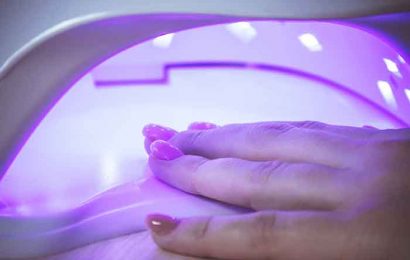From the acoustic horn to the hearing instrument made of electronic chips and stuffed with computers, times have changed for people with hearing loss. Huge progress has been made on hearing aids , and these advances are still too little known.
From primitive hearing aids to 21st century devices
Until about 15 years ago, there were only analog hearing aids that received and amplified the sound. So we could only adjust a little bass or treble. They were mechanically adjusted with a screwdriver. The devices did not distinguish between loud and weak noises, not the difference between speech and other sounds.
New hearing aids, real computers
The hearing aid digital computers have become true analyzing the sounds.
This analysis allows them to differentiate the sounds. They thus distinguish the background noise from the speech or the music. They also distinguish the sounds coming from the front or from the back, they still distinguish the bass or treble, the loud or weak sounds.
So, thanks to this very fine recognition, new hearing aids can amplify useful sounds and reduce unnecessary or annoying sounds.
Presbycusis: the new hearing aids are tuned very thinly
In case of presbycusis (hearing loss due to aging), the hearing is generally correct for the low tones and less good for the high tones. The new hearing instruments are therefore set so as not to amplify the bass sounds but only the treble.
Similarly, the hearing care professional adjusts the hearing aid so as not to amplify loud sounds (like a passing truck), but only useful sounds.
To do this, it has an equalizer, with a computer program. The hearing aid is connected to the computer to adjust the noise reducers for each person.
In the most recent hearing instruments, the noise reducers are individually adjusted by the hearing care professional according to each person. The hearing aid is adjusted several times to obtain the best possible result. Indeed, a person can find a sound too weak, another a sound too strong. It all depends on the type of hearing loss, its age, its evolution over the years .
Hearing aids: what other progress?
- The anti-whistling devices of hearing aids. We remember the device of Papi (or Grandma) who suddenly began to whistle, because of the Larsen effect. Well, it’s over, modern devices contain anti-whistling devices.
- Wind attenuators of hearing aids. A hearing aid amplifiers amplifying the sound could produce a very unpleasant breath when there was wind. The new devices know how to mitigate this blast thanks to adapted computer programs.
- The miniaturization of hearing aids is progressing. Whether it’s an internal hearing aid or a device to be placed behind the ear, miniaturization is part of hearing aids. Mobile phones and computers are not the only ones to benefit from progress!
- The rechargeable battery can replace the batteries. Hearing aid batteries are discharged in a few days. Today there are devices with a battery that recharges simply at night. Only problem, it’s an additional cost.
New hearing aid accessories to simplify life
- The hearing aid can serve as a telephone kit. The phone is ringing? A signal arrives directly in the hearing aid. To pick up, just press a button hung around the neck or in the pocket, and you hear the other person directly in the hearing aid.
- The hearing aid as a TV kit. The sound of the television comes directly into the hearing aid, thanks to an accessory that is connected to the small screen. It’s like a headset, it makes it possible to obtain a pure sound and not to disturb anyone while raising the sound too much. The remote control of the hearing aid.
- Some state-of-the-art devices have a remote control that lets you set them up yourself. For example, a taxi driver sets his hearing aid to hear his customers behind him while he is at work. And the rest of the time, he puts his camera back on a normal setting. Another example, a person who sings in a choir, thanks to its remote control, it adjusts its hearing device to the special choir setting. These special settings are initially set up with the hearing care professional.
A hearing aid does not replace a healthy ear
Even with all the current enhancements, a device does not replace a healthy ear.
The hearing loss is due to the loss of hearing cells that can not be replaced. The sound is amplified to make the most of the remaining auditory sensory cells. But we can not make the ear younger.
It is advisable to adopt a hearing aid when one is relatively young and that the hearing loss is not at the maximum. Because if we refuse, then, the longer we wait, the more the ear deteriorates, and the more difficult it is to adapt to a device. We adapt more easily when we are young and when the loss of sound is less important.


